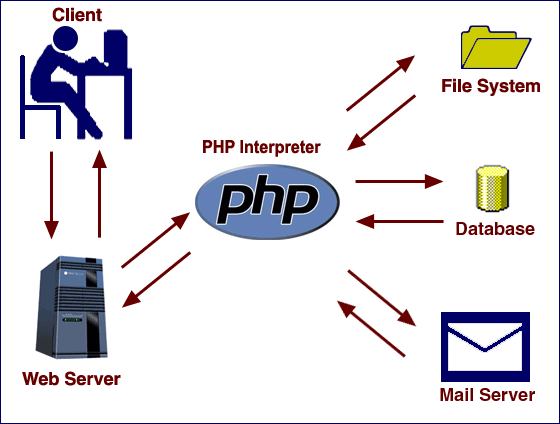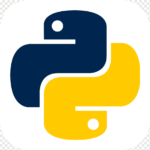Php and its servers

PHP was originally an acronym for Personal Home Pages in 1994 but In 1997 PHP was modified as Hypertext Preprocessor. It is a server-side scripting language that powers some of the most popular websites in the world including WordPress and Facebook. It is an open source, relatively easy to learn, and works perfectly with MySQL, making it a popular choice for web developers. PHP was originally developed by the Rasmus Lerdorf. PHP is not a proper web standard – but an open-source technology. PHP is not real programming language but it lets you use so-called scripting in your documents.
Server for PHP –
WAMP is an acronym that stands for Windows, Apache, MySQL, and PHP (or Perl or Python). It is a Web development platform that defines the Operating System (Windows), Web Server (Apache), database (MySQL), and scripting language (PHP, Perl, or Python).
Wamp Server will install Apache, PHP5 and MySQL on your Windows system. Wamp Server comes with a service manager as a tray icon. It will allow you to easily manage your server. You can install all releases of Apache, MySQL and PHP as add-ons.
LAMP is an acronym that stands for Linux, Apache, MySQL, and PHP (or Perl or Python). It is a Web development platform that defines the Operating System (Linux), Web Server (Apache), database (MySQL), and scripting language (PHP, Perl, or Python).
XAMPPstands for Cross-Platform (X), Apache (A), MySQL (M), PHP (P) and Perl (P). It is a simple, lightweight Apache distribution that makes it extremely easy for developers to create a local web server for testing purposes. Everything you need to set up a web server – server application (Apache), database (MySQL), and scripting language (PHP) – is included in a simple extractable file. XAMPP is also cross-platform, which means it works equally well on Linux, Mac and Windows.
Each server has four primary components. These are
1. Apache: Apache is the actual web server application that processes and delivers web content to a computer. Apache is the most popular web server online, powering nearly 54% of all websites.
2. MySQL: Every web application, howsoever simple or complicated, requires a database for storing collected data. MySQL, which is open source, is the world’s most popular database management system.
3. PHP: PHP stands for Hypertext Preprocessor. It is a server-side scripting language that powers some of the most popular websites in the world, including WordPress and Facebook. It is open source, relatively easy to learn, and works perfectly with MySQL, making it a popular choice for web developers.
4. Perl: Perl is a high-level, dynamic programming language used extensively in network programming, system admin, etc. Although less popular for web development purposes, Perl has a lot of niche applications.

 Currency Convertor
Currency Convertor Post an article
Post an article Shruti garg
Shruti garg
 sending...
sending...




